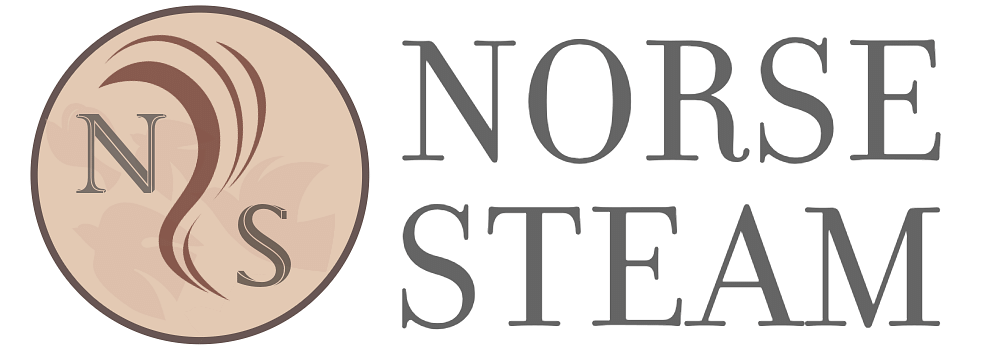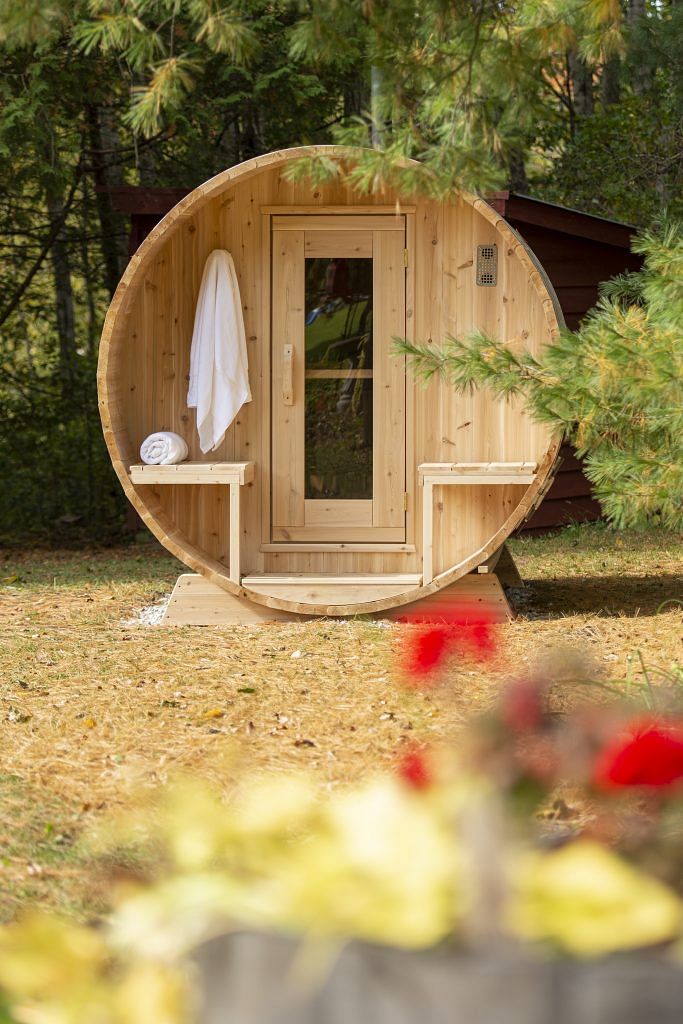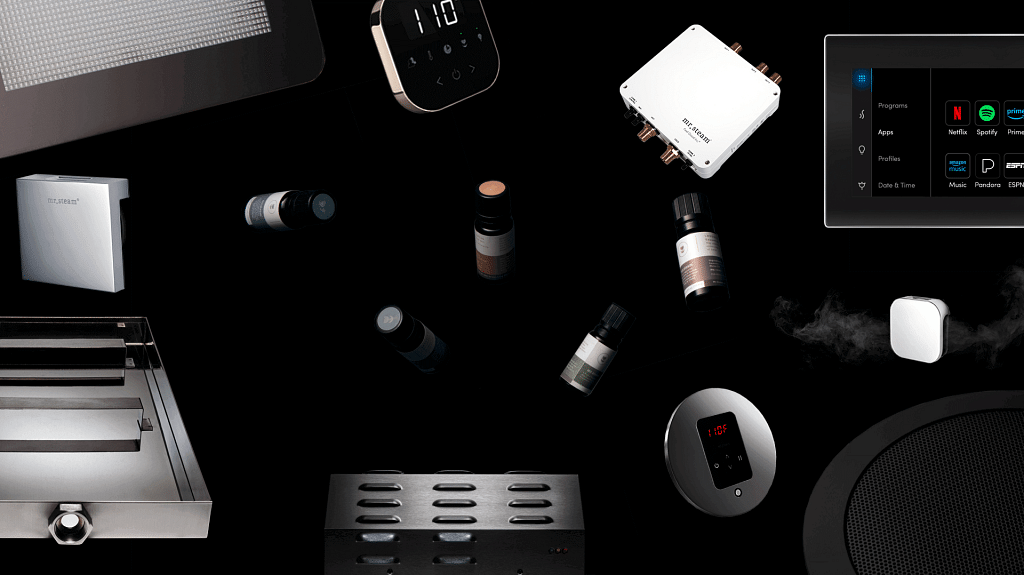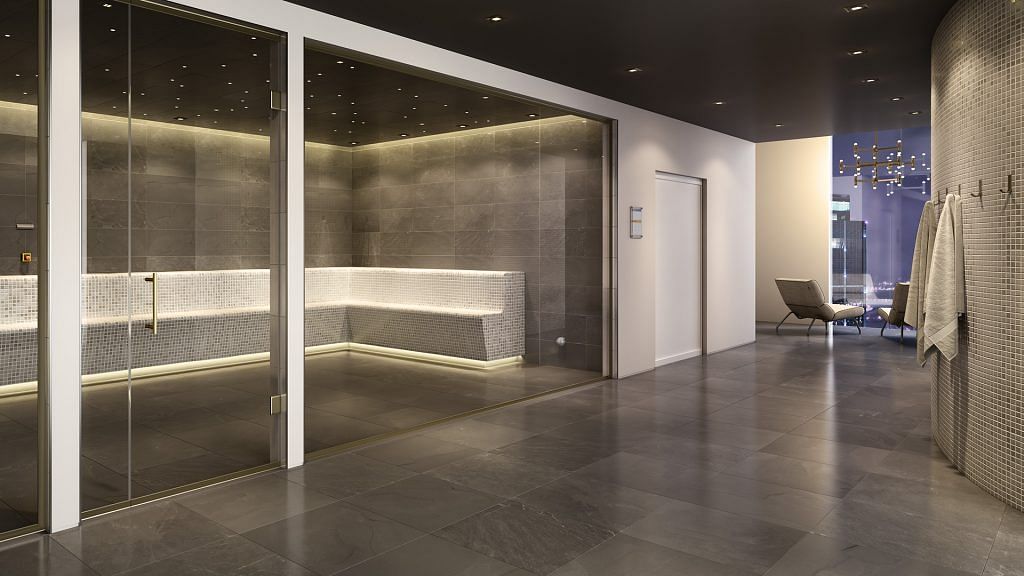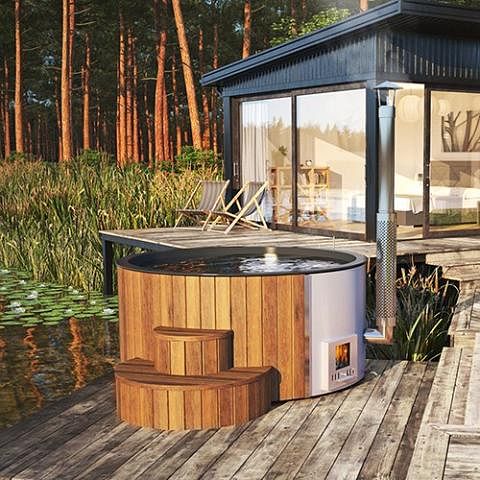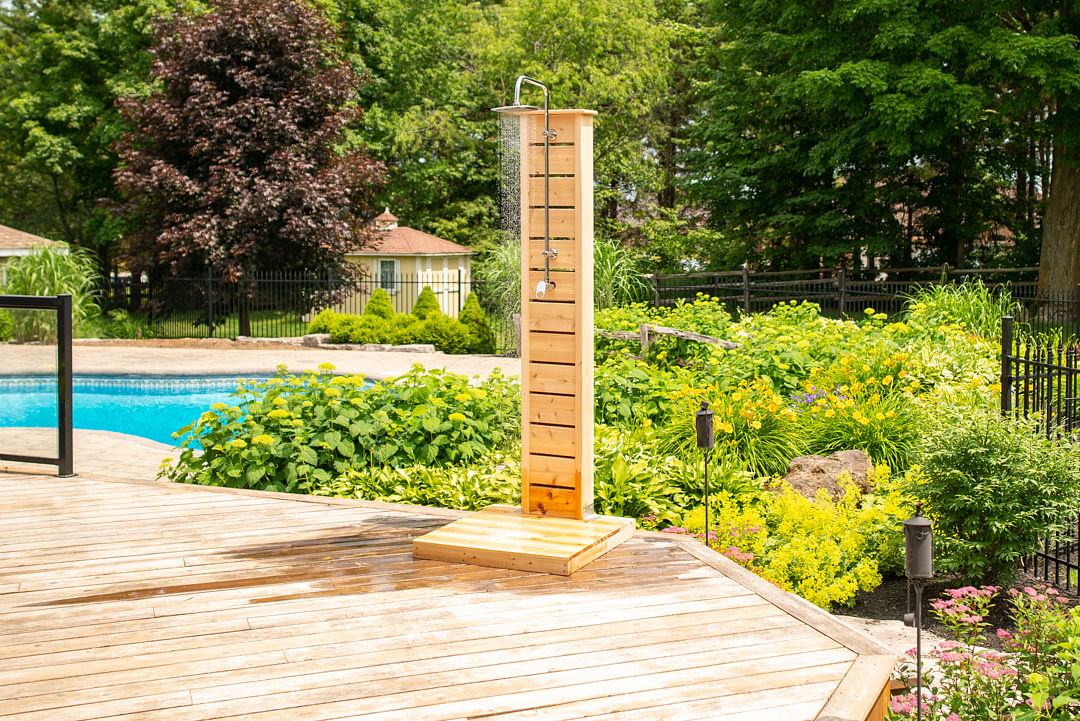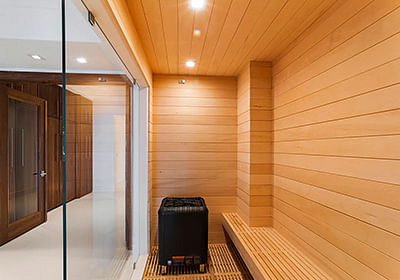Our Sauna Blog, Sauna
How to Prepare for Infrared Sauna? Before, During & After
See all the necessary steps to make the most out of your infrared sauna session/ Everything you need to do before, during and after the sauna session right here
Things to do Before an Infrared Sauna Session
Let the Sauna Heat Up
Unlike traditional saunas that heat the air, infrared saunas use infrared lamps to directly heat objects in the room. This means it’s important to allow the sauna to preheat before you enter to ensure you get the most out of your session. When the sauna is properly preheated, the lamps have sufficient time to reach a consistent temperature, providing a uniform and effective heat experience.
Most infrared saunas have a recommended temperature range between 120-150 degrees Fahrenheit (49-66 degrees Celsius). To ensure the sauna reaches its optimal temperature, plan on letting it preheat for 10-15 minutes before stepping in. This depends on the size of the infrared sauna you bought.
Wear the Right Attire
For a comfortable and effective infrared sauna experience, choosing the right clothing is key. Since infrared heat penetrates deeply to warm your body directly, unlike traditional saunas that heat the air, bulky clothing is unnecessary. Here’s what to consider when picking your sauna attire:
- Breathable Fabrics: Opt for loose-fitting clothing made from natural fibers like cotton or linen. These fabrics allow your skin to breathe and sweat freely, maximizing the detoxification benefits.
- Minimal Coverage: Many people choose to wear swimwear or go in nude. The key is to ensure maximum skin exposure for optimal heat absorption.
- Comfort is Key: Regardless of the level of coverage you choose, prioritize comfort. Avoid tight-fitting clothes or anything with metal fasteners that could become uncomfortable in the heat.
Drink Water
Staying hydrated is crucial before, during, and after your infrared sauna session. Here’s why:
- Sweat it Out: Infrared saunas raise your body temperature, inducing sweating to help eliminate toxins and impurities. Proper hydration ensures your body has enough fluids to sweat effectively.
- Regulate Body Temperature: When dehydrated, your body struggles to regulate its temperature. Drinking water beforehand helps your body function optimally and sweat efficiently during the sauna session.
- Safer Experience: Dehydration can lead to dizziness, lightheadedness, and even fainting, especially in high heat environments like a sauna.
How Much to Drink: To ensure proper hydration, aim to drink 16-20 ounces (473-591 ml) of water 30 minutes to an hour before your infrared sauna session. If you tend to sweat heavily, consider increasing your water intake throughout the day leading up to your session.
Don’t Eat Anything Heavy
While having an empty stomach before your infrared sauna session isn’t ideal, indulging in a heavy meal beforehand can be counterproductive. Here’s why:
- Digestive Discomfort: The heat from the sauna increases blood flow to your skin’s surface. If you have a full stomach, your body is already diverting blood flow for digestion. This competition for blood flow can lead to nausea, indigestion, and overall discomfort during your sauna session.
- Energy Drain: Digesting a heavy meal takes energy. In the sauna, you want your body’s energy focused on sweating and detoxification, not breaking down complex foods.
Light Snack Options: If you feel hungry before your sauna session, opt for a light, easily digestible snack at least two hours beforehand like fruits and veggies, yogurt, cottage cheese or crackers.
Clean Yourself
Taking a quick shower or rinsing off with warm water before entering the infrared sauna is essential for a more enjoyable and hygienic experience. Here’s why:
- Sweat Efficiency: Removing sweat, dirt, and oils from your skin allows for better sweat production during your sauna session. Clean skin provides a clearer path for toxins and impurities to be released through sweating.
- Hygiene for You and Others: Since infrared saunas are often shared spaces, cleaning yourself helps minimize the transfer of sweat, body odor, and bacteria to the sauna benches and other surfaces. This ensures a pleasant experience for yourself and fellow sauna users, especially if you have an outdoor sauna and you pass by mud or sand on your way there.
- Reduced Clogging: Sweat mixes with dirt, oils, and dead skin cells on your body. If you don’t shower beforehand, this mixture can clog pores and hinder the detoxification process.
What to Use: A simple rinse with warm water is sufficient. You can use a gentle, natural soap if desired, but avoid harsh chemicals or loofas that can irritate your skin. Pat yourself dry before entering the sauna. Read more about how to use the saunas properly.
Don’t Drink Alcohol
Skip the pre-sauna drinks! Alcohol dehydrates you, and the sauna does the same through sweat. This double whammy can lead to dizziness and overheating. Alcohol can also strain your heart and impair judgment, both risky in the sauna’s warm environment.
Workout
While not essential, a light workout before your infrared sauna session can offer some benefits:
- Enhanced Blood Flow: Light exercise like cardio or light weights gets your blood pumping, which can be further amplified by the sauna’s heat. This improved circulation can help deliver nutrients to your muscles and promote detoxification.
- Looser Muscles: A light workout helps prepare your muscles for the heat by increasing their flexibility and range of motion. This can lead to a more comfortable sauna experience and potentially reduce muscle soreness afterward.
Important Note: Avoid strenuous exercise directly before your sauna session. The sauna raises your heart rate, and intense exercise beforehand further elevates it, putting extra strain on your body. If you choose to exercise, keep it light and finish at least 30 minutes before entering the sauna to allow your body to cool down and rehydrate. If you want to learn more please read our article about working out before or after the sauna session.
Things to do During an Infrared Sauna Session
Ideal Staying Time
For beginners, it’s best to start with shorter sessions of 10-15 minutes. This allows your body to adjust to the heat gradually. As you become accustomed to the infrared sauna, you can gradually increase the duration to 20-45 minutes for most people. Ultimately, the ideal time depends on your individual tolerance and comfort level. Listen to your body and exit the sauna if you feel overheated, dizzy, or uncomfortable.
Right Sitting Position
Maximizing your infrared sauna experience involves positioning yourself strategically for optimal heat absorption. It matters because Infrared lamps emit heat waves in specific directions. Sitting or lying in a way that exposes your maximum body surface area to the lamps ensures you receive the full benefit of the infrared heat.
How to Position Yourself:
- Sitting: For even heat distribution, sit upright with your back straight. This allows the front and back infrared panels to directly heat your core.
- Lying Down: If you prefer lying down, position yourself on your back with your legs slightly elevated. This maximizes heat exposure to your front and back torso as well.
Remember, some infrared saunas may have heat panels on the sides as well. In these cases, you can alternate between sitting upright and leaning slightly to one side every few minutes to ensure even heating.
Using Your Phone
While it’s tempting to bring your phone for entertainment during your sauna session, it’s generally not recommended. The heat can negatively impact your phone’s battery and internal components, potentially causing damage.
Consider leaving your phone outside the sauna and focusing on relaxation during this time. If you need music or podcasts, opt for a waterproof Bluetooth speaker you can bring inside. However, since saunas are meant for relaxation sometimes scrolling through social media is our relaxation, therefore this decision is personal. If you aren’t sure you can see what we wrote about all the reasons to bring or not to bring the phone in a sauna
Things to do After an Infrared Sauna Session
Cold Shower
While not mandatory, following your infrared sauna session with a cool shower can offer several benefits:
- Circulation Boost: The sudden switch from hot to cold temperatures triggers a vasoconstriction (narrowing) of blood vessels followed by vasodilation (widening). This invigorating effect improves overall blood circulation.
- Muscle Recovery: The cold water helps constrict blood vessels around muscles, potentially reducing muscle soreness and inflammation.
- Alertness: The cold shower can be a refreshing way to wake up your senses and leave you feeling more alert and energized.
If a cold shower sounds too intense, consider rinsing off with cool water or applying a cool compress to your face and neck. Listen to your body and choose the method that feels most comfortable for you.
Make Sure to Hydrate
Remember to rehydrate after your sauna session to replace fluids lost through sweating. Opt for water or electrolyte-enhanced beverages to replenish essential minerals.
Give Yourself Time to Readjust
After your infrared sauna session, your body will be in a state of relaxation. You might experience some temporary effects like:
- Lightheadedness: Due to blood pressure fluctuations and dehydration, you might feel slightly dizzy after the sauna. Take your time getting up and rehydrate to ease these effects.
- Fatigue: The sauna session can be detoxifying and use up some energy. Allow yourself to rest and relax afterwards.
Why Re-adjusting Matters: Taking some time to unwind after the sauna allows your body to return to its normal state gradually. Listen to your body’s signals and avoid strenuous activity immediately following the session. Relax, rehydrate, and ease back into your day for optimal recovery.
Is Preparing for an Infrared Sauna Different from Traditional Sauna?
While both infrared and traditional saunas offer relaxation and potential health benefits, there are some key differences in preparation:
- Hydration: Both require proper hydration beforehand, but infrared saunas may allow for slightly longer sessions due to lower air temperatures.
- Food: Avoiding heavy meals is important for both, but with traditional saunas, you might tolerate a slightly larger pre-sauna meal due to the gradual heat increase.
- Attire: Loose-fitting, breathable clothing is ideal for both. However, some people feel more comfortable wearing minimal clothing in an infrared sauna since the heat penetrates directly.
Overall, the pre-sauna routine for both types focuses on hydration, avoiding heavy meals, and wearing comfortable clothing. However, infrared saunas may allow for more flexibility due to the lower air temperatures and potentially longer sessions. Read more about the differences between infrared saunas and traditional saunas here.
